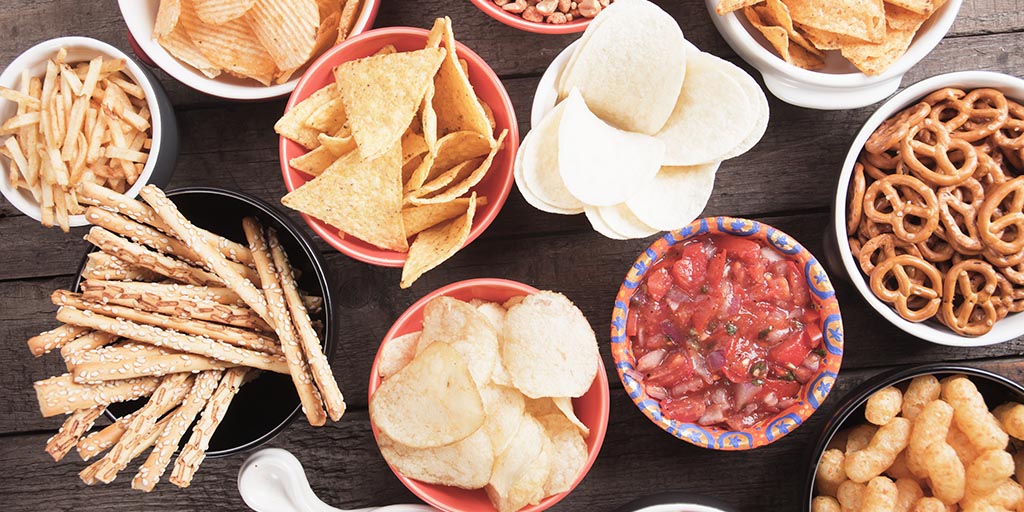What happens to fat when you exercise?
 CREDIT: IGORDUTINA ON THINKSTOCK
CREDIT: IGORDUTINA ON THINKSTOCKHow exactly do we burn the fats that we put into our body? Interrobang is here to let you know.
There’s a fire inside all of us that unleashes when we exercise called endorphins or adrenaline. You start to feel every artery pulsing, heart-rate rising, veins circulating with warm blood. You start to sweat and your breathing becomes more rapid. You are burning calories and fat, right? Not exactly.
The truth is, it’s not as simple as calories in versus calories out. If this were true then we would be more efficient at preventing weight gain. Researchers at the University of New South Wales in Australia (published in the British Medical Journal) have concluded that most of our mass is released when we breathe out in the form of carbon dioxide. Food is made up of carbon and that carbon needs to be exhaled and eliminated as waste. While calories provide us with energy to be able to function and exercise, the food itself needs to go somewhere.
The study showed for example, that when 10 kilograms is lost, 8.5 of it is exhaled and the remainder is turned into water in the form of urine, feces, sweat, tears and other bodily fluids.
The study interviewed 150 doctors, dietitians and personal trainers and more than 50 per cent of them believed that fat was converted to energy or heat. Some thought it was excreted in feces or turned into muscle. The idea of exhaling fat doesn’t seem right because it’s invisible.
Does this mean if we breathe out more we will burn fat faster? Not exactly. This leads to hyperventilation, dizziness and loss of consciousness. We seem to be more efficient at exhaling carbon when we exercise, especially when doing exercise that requires short bouts of anaerobic activity, for example with high intensity intervals that are two minutes or less, or 10 to 30 second intervals, one after the other for two minutes or less, with 30 to 120 seconds rest between.
When we do this type of exercise a few times a week for about 30 minutes, our bodies seem to become more efficient at releasing more carbon during other exercise, daily living and even when we are sleeping.
That is just the beginning. We still need to eat the right types of food and portions are important. For example, when you eat things with refined sugar, white, brown, golden, powdered, molasses, etc., if you are not efficient at releasing carbon and if you don’t start moving right away, the sugar or glucose is stored and becomes fat.
Believe it or not, eating fat does not have the same effect. That doesn’t mean you can go eat a pound of bacon and lose weight. Animal fat still has risk to your health such as increased levels of low-density lipoprotein (LDL), cholesterol, especially if you are not consuming enough fibre from fruits, vegetables and whole grains.
So what are the conclusions from this? Every person is different and needs to be assessed properly in order to be given the plan that works for them.
There is however a few sound things that everyone can try when it comes to weight management: add some interval training to your routine, eat less food, limit or omit refined sugar, limit saturated/animal fats (less than 10 per cent of daily calories) and increase healthy unsaturated fats (20 per cent of daily calories) from plants (nuts, seeds, beans, grains and some fruits and vegetables).














